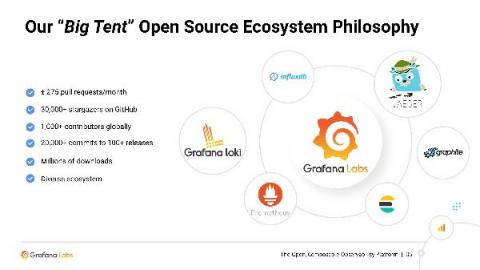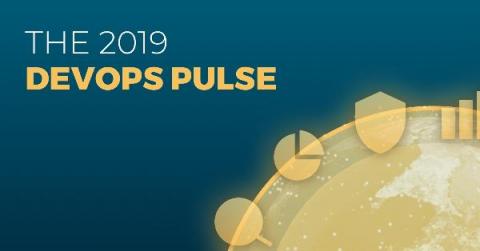Dips and Wiggles: Monitoring Website Performance with Checkly, Prometheus and Grafana
In this guest article, SRE experts John Arundel and Andy Pearson show you how to connect your Checkly data to Prometheus and Grafana, as part of an integrated observability pipeline.










